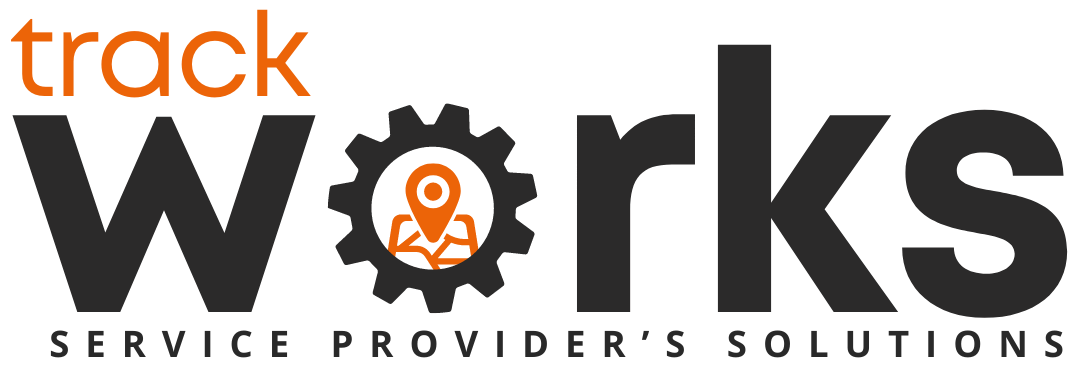Building a Customer-Centric Field Service Strategy in 2026
Customer expectations are changing rapidly. In today’s service-driven economy, clients expect faster response times, transparent communication, and consistent quality — no matter the job type or location. For field service companies, delivering on these expectations requires more than technical expertise; it demands a customer-centric strategy powered by visibility, efficiency, and accountability.
As 2026 approaches, service providers that focus on customer experience will not only retain clients but also gain a competitive edge. This blog explores how field service companies can elevate customer satisfaction through better communication, proactive service delivery, and technology that connects every step of the customer journey.
1. Redefine Customer-Centric Service for Field Operations
Why it matters:
Being customer-centric in field service goes beyond polite communication — it’s about aligning every process, from scheduling to reporting, around client expectations. Customers today value real-time updates, consistent service quality, and transparency.
How to implement:
- Map the customer journey from job request to completion.
- Identify friction points like scheduling delays or lack of visibility.
- Set measurable goals for response times, communication, and resolution rates.
- Gather feedback regularly to refine your approach.
Practical tip:
Use Track Works’ customer tracking and job history features to centralize all client data. Accessing past service details helps technicians personalize interactions and deliver faster, more informed service.
2. Strengthen Communication with Real-Time Visibility
Why it matters:
Clients want to know when technicians are arriving, what’s being done, and how long it will take. Real-time communication builds trust, reduces missed appointments, and improves overall satisfaction.
How to implement:
- Offer live technician tracking so customers can monitor progress.
- Send automatic updates for scheduling changes or job completions.
- Use digital service confirmations to keep clients informed at every step.
- Enable technicians to log notes and upload photos for transparent reporting.
Practical tip:
Leverage Track Works’ real-time technician visibility and automated notifications to ensure clients always know what’s happening — without needing to call for updates.
3. Personalize Service Through Data and History
Why it matters:
Customers appreciate when technicians remember details from previous visits or anticipate recurring issues. Personalization enhances loyalty and demonstrates professionalism.
How to implement:
- Store detailed service histories for each client.
- Track equipment models, serial numbers, and service patterns.
- Use data trends to identify when preventive maintenance is due.
- Train technicians to reference this information during visits.
Practical tip:
With Track Works’ equipment history and asset tracking, your team can deliver personalized service by referencing previous maintenance logs or parts replaced — creating a smarter, more attentive customer experience.
4. Improve Scheduling Accuracy and On-Time Performance
Why it matters:
Few things frustrate customers more than inconsistent appointment times. Reliable scheduling not only builds trust but also improves team productivity and service capacity.
How to implement:
- Use automated scheduling tools that match technicians to jobs by skill, proximity, and availability.
- Track delays in real time to proactively alert customers.
- Review scheduling data to identify recurring inefficiencies.
- Set internal benchmarks for on-time performance.
Practical tip:
Track Works’ dynamic scheduling engine optimizes dispatching to ensure the right technician is assigned at the right time — improving both customer satisfaction and operational output.
5. Empower Technicians as Brand Ambassadors
Why it matters:
Your technicians are the face of your company. Every field interaction shapes customer perception. Equipping them with the right information, tools, and communication skills directly influences satisfaction and trust.
How to implement:
- Provide digital access to job details, customer notes, and service instructions.
- Encourage professionalism and communication training.
- Recognize and reward technicians for positive customer feedback.
- Include customer satisfaction metrics in performance reviews.
Practical tip:
Use Track Works Mobile to empower technicians with complete job visibility — enabling them to communicate confidently, update progress instantly, and close jobs efficiently.
6. Automate Feedback and Service Insights
Why it matters:
Collecting customer feedback after each service helps identify improvement areas and celebrate successes. Automation ensures consistent follow-up and data collection without extra manual effort.
How to implement:
- Send post-service satisfaction surveys automatically.
- Use ratings to identify top-performing technicians.
- Analyze recurring issues or complaints for training opportunities.
- Integrate results into performance dashboards for leadership review.
Practical tip:
Sync feedback forms and customer satisfaction scores directly into your Track Works analytics dashboard to monitor trends and continuously improve service delivery.
7. Use Analytics to Drive Continuous Improvement
Why it matters:
Customer-centric service is built on actionable data. Monitoring key performance indicators (KPIs) helps teams refine operations, improve communication, and deliver more consistent service experiences.
How to implement:
- Track metrics like average response time, job completion rate, and customer satisfaction.
- Compare data across regions or technician teams.
- Identify patterns that impact client loyalty or repeat business.
- Adjust training, scheduling, or communication processes accordingly.
Practical tip:
With Track Works’ real-time analytics, you can visualize service performance and customer experience metrics in one place — helping leadership make informed, data-driven improvements.
Conclusion
Customer-centric field service isn’t a buzzword — it’s a growth strategy. Companies that prioritize transparency, real-time communication, and personalized service will retain more clients, strengthen relationships, and outperform competitors.
By combining operational excellence with technology-driven visibility, Track Works helps field service leaders transform customer experience into a measurable business advantage.
Every job becomes a chance to build trust, demonstrate reliability, and deliver excellence — one satisfied customer at a time.




No responses yet